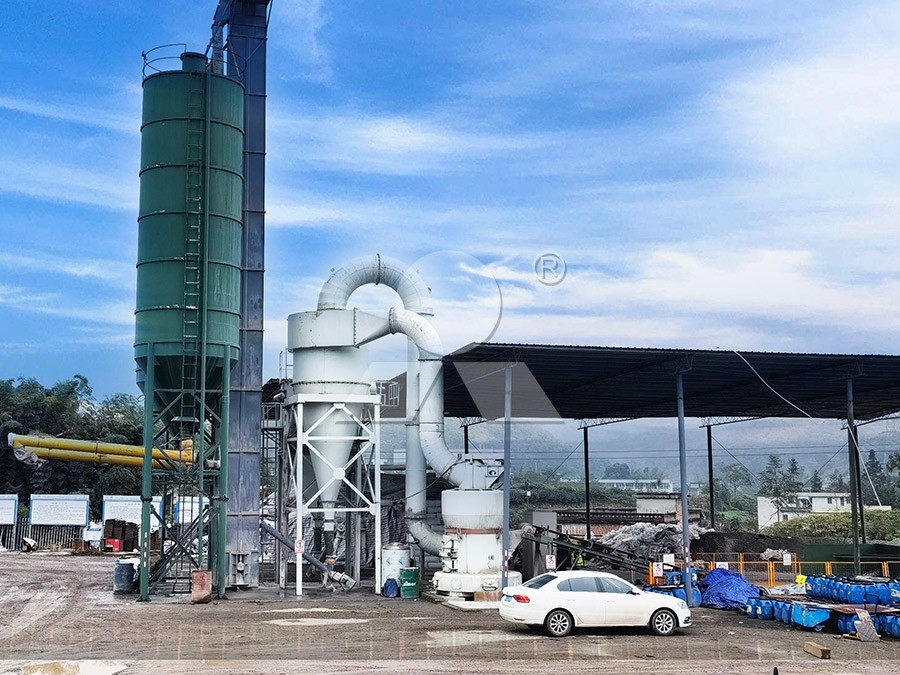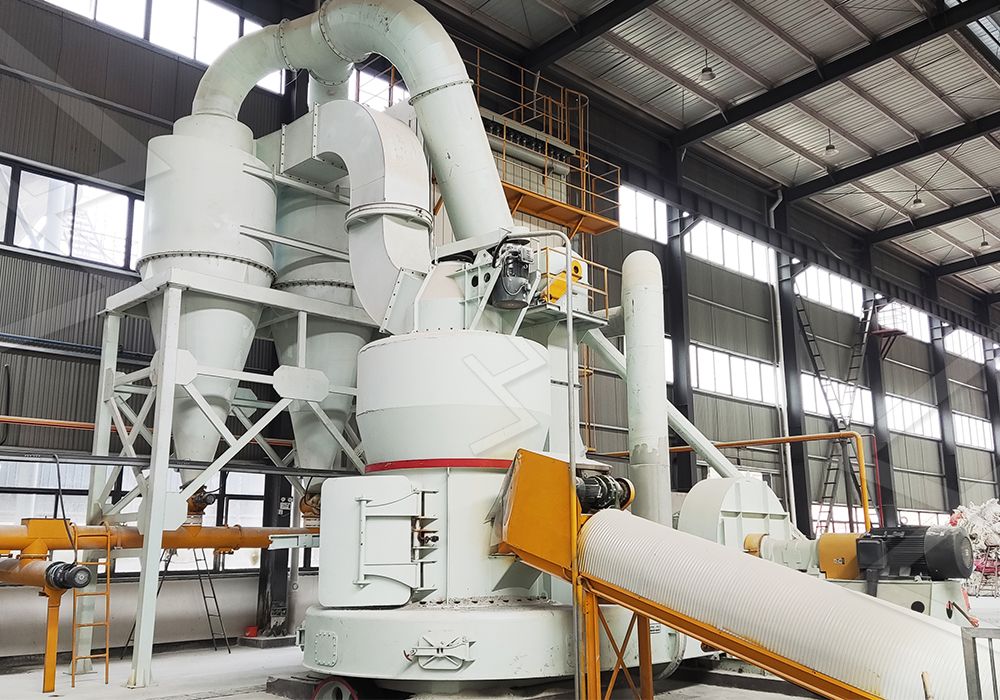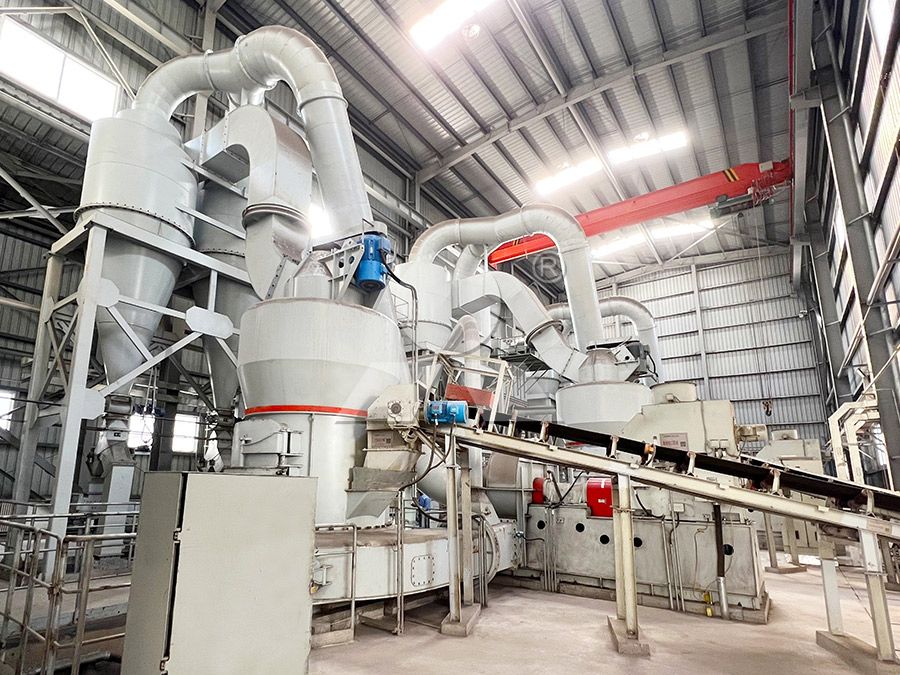Limestone Grinding Mill: Types, Uses, and Price Ranges
Limestone Grinding Mill: Types, Uses, and Price Ranges
Limestone is a fundamental raw material across countless industries, from construction and agriculture to pharmaceuticals and food production. The key to unlocking its value lies in efficient grinding to achieve the desired fineness. Choosing the right grinding mill is therefore a critical decision that impacts productivity, product quality, and operational costs. This article explores the common types of mills used for limestone, their applications, and general price considerations.
Common Types of Mills for Limestone
Not all grinding mills are created equal. The choice depends heavily on the required fineness (mesh size) and capacity.
Raymond Mill (R Series)
A classic and widely used workhorse for medium-fine grinding. Raymond mills are prized for their simplicity, reliability, and relatively low investment cost. They are ideal for producing powders in the range of 80-325 mesh. They are commonly used in mining, building materials, and chemical industries for grinding non-flammable and non-explosive materials.

Ball Mill
The traditional choice for a broad range of grinding tasks. Ball mills operate on the principle of impact and attrition, using steel balls inside a rotating cylinder to crush the material. They are versatile and can handle both wet and dry grinding, producing a consistent product. However, they are generally less energy-efficient for very fine grinding compared to newer mill designs and have a larger footprint.
Vertical Roller Mill (LM Vertical Mill)
These mills represent a significant step forward in efficiency. They integrate crushing, grinding, drying, classifying, and conveying in a single unit. LM Vertical Mills are known for their lower energy consumption (30%-40% less than ball mills) and smaller footprint. They are excellent for large-capacity production of medium-fine powders and are a staple in the cement and power industries.
European Trapezium Mill (MTW/MTW-Z Series)
An evolution of the Raymond mill, the MTW series offers improved efficiency, a longer life for wear parts, and more advanced features like inner automatic thin-oil lubricating systems. They are designed for higher capacity and finer grinding than traditional Raymond mills, making them a robust and reliable choice for producing powders between 80-400 mesh.

The Pinnacle of Fine Grinding: MW Ultrafine Grinding Mill
When your application demands ultra-fine powder in the range of 325-2500 meshes (d97 ≤5μm), conventional mills fall short. This is where advanced technologies like our MW Ultrafine Grinding Mill excel.
Engineered for customers who need to make ultra-fine powder, the MW series is a game-changer. It boasts a 40% higher production capacity than jet mills or stirred grinding mills at the same power and fineness. Its secret lies in newly designed grinding curves and a German-technology, multi-head cage-type powder selector that ensures precise separation and adjustable fineness.
Key advantages that set it apart include:
- Higher Yielding, Lower Energy Consumption: System energy consumption is only 30% of a jet mill.
- Worry-Free Design: No rolling bearings or screws in the grinding chamber eliminate common failure points.
- Eco-Friendly Operation: An efficient pulse dust collector and muffler ensure no dust pollution and low noise, meeting national environmental standards.
- Input Size: 0-20 mm | Capacity: 0.5-25 tph
For projects requiring the absolute finest powders for industries like cosmetics, advanced plastics, or specialty chemicals, the MW Ultrafine Grinding Mill is the intelligent and efficient solution.
Understanding Price Ranges
Providing exact prices is impossible without specific project details, as the cost of a limestone grinding mill is influenced by numerous factors:
- Mill Type and Size: A small Raymond mill will cost significantly less than a large-capacity vertical roller mill or an ultrafine grinding system.
- Required Fineness and Capacity: Achieving finer powders and higher tons-per-hour rates requires more sophisticated engineering, which increases the price.
- Configuration: A full system including feeders, crushers, collectors, and control systems is a larger investment than a standalone mill.
- Automation Level: Fully automated, digital control systems add cost but improve consistency and reduce labor.
As a rough guide, prices can range from tens of thousands of dollars for a basic, small-capacity setup to several hundred thousand dollars for a complete, high-capacity, automated production line with advanced mills like the MW series.

Conclusion
Selecting the right limestone grinding mill is a balance between your technical requirements (fineness, capacity), operational goals (energy efficiency, maintenance), and budget. From the reliable Raymond mill to the integrated vertical roller mill and up to the cutting-edge MW Ultrafine Grinding Mill for specialist applications, understanding the capabilities of each type is the first step toward optimizing your grinding process and achieving a strong return on investment.
